1. Painting Over Wall Stains
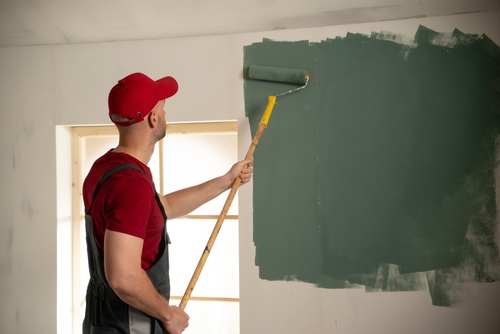
A fresh coat of paint can make any room look brand-new, but sometimes it’s just covering up a bigger issue. Stains on walls—especially yellowish or brown ones—can indicate water leaks or mold growth underneath. By painting over them without fixing the source, you’re only hiding evidence of a persistent problem. Over time, that moisture can cause paint to bubble or peel and even damage the wall structure itself.
If you notice recurring stains after painting, it’s worth checking your roof, plumbing, or nearby windows for leaks. Mold spores can spread quickly and pose health risks, especially in humid areas. Addressing the moisture first saves you from repeated paint jobs and potentially expensive drywall replacement. In short, if your walls are trying to tell you something, don’t silence them with paint.
2. Patching Cracks in the Foundation
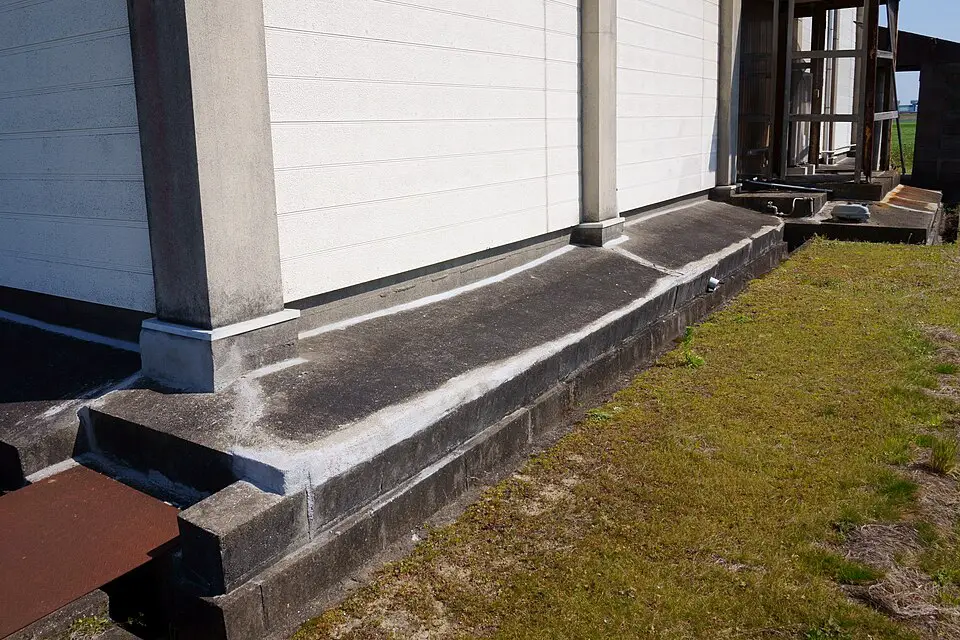
It’s easy to grab some concrete filler and smooth over a small foundation crack, but that might just be a symptom of shifting soil or poor drainage. Superficial patching won’t stop deeper structural movement beneath your home. Over time, what started as a hairline crack can widen, leading to uneven floors, stuck doors, or even serious foundation failure. Ignoring the cause can mean tens of thousands in repairs later.
Before patching, have a professional inspect whether the foundation is settling unevenly or if water is pooling around your home. They can suggest long-term fixes like grading adjustments or sump pumps. Once the root issue is stabilized, cosmetic repairs will actually last. Foundation problems only get worse with time, so early detection is worth every penny.
3. Fixing Roof Leaks with Tar or Caulk
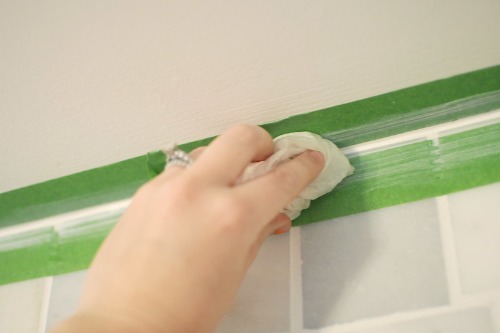
A quick bead of roofing tar or sealant may seem like the perfect solution for a leaky roof, but it’s rarely more than a temporary patch. Leaks often stem from damaged flashing, worn shingles, or structural issues that need more than surface sealing. Water can still seep underneath, rotting the decking or insulation below. What looks like a minor leak could actually be spreading mold and compromising your roof’s integrity.
Professional roofers can trace leaks to their true source, which isn’t always near the visible drip. If your patch job keeps failing, it’s time for a full inspection—especially after heavy storms. Roof repairs left too long can escalate into interior ceiling damage or electrical hazards. A little preventive maintenance now can save you from a full roof replacement later.
4. Replacing Tiles Without Checking the Subfloor
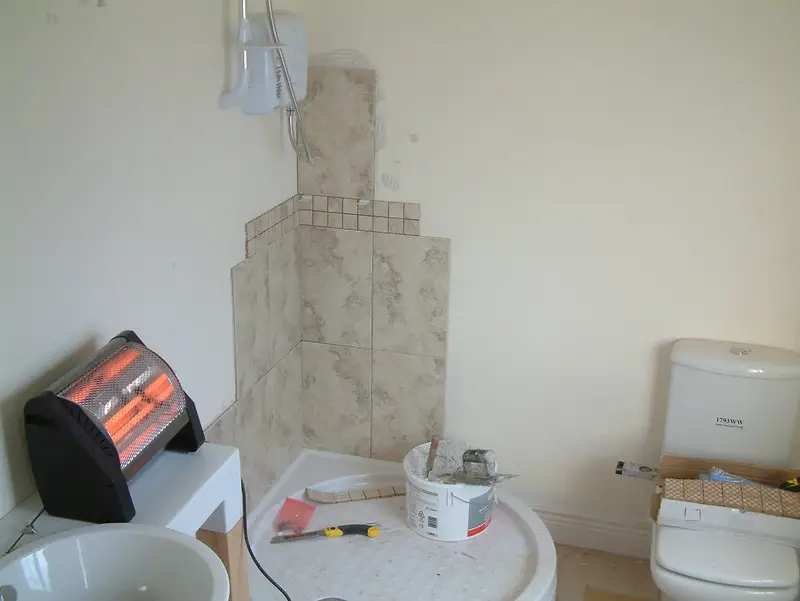
When you replace cracked or loose tiles, it’s tempting to assume it’s just cosmetic wear and tear. But those loose tiles often signal deeper issues with the subfloor, like moisture damage or structural flexing. Simply re-tiling without addressing what’s underneath means the problem will resurface. You could end up with new tiles cracking again within months.
Moisture beneath tile—especially in bathrooms and kitchens—can rot the subfloor and invite mold. Before laying new tile, check that the underlayment is stable and dry. Replacing damaged subflooring adds some cost but prevents recurring damage. Think of it as repairing the stage before setting up a new performance.
5. Re-Caulking Around Tubs and Sinks
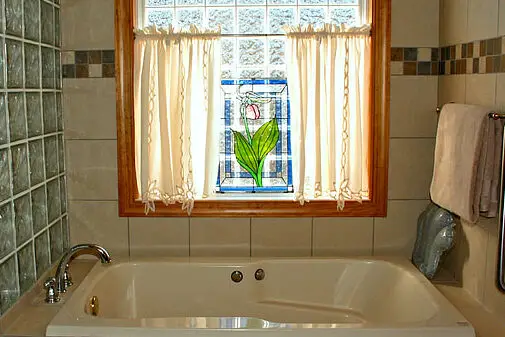
Fresh caulk makes bathrooms look clean and sealed, but frequent mildew or peeling could mean something more serious. Persistent moisture or soft walls behind the tub may signal a slow leak or damaged plumbing. You can scrape and reapply caulk endlessly, but if the substrate is wet, it won’t stick for long. Left unchecked, that moisture can lead to rot behind tiles and even compromise the wall framing.
If your caulk keeps failing, inspect for leaks around fixtures and plumbing joints. A moisture meter can help spot hidden dampness before you seal it in. Addressing plumbing issues first ensures your new caulk actually lasts. It’s one of those small repairs that’s only as good as what’s happening underneath.
6. Sanding and Refinishing Wood Floors
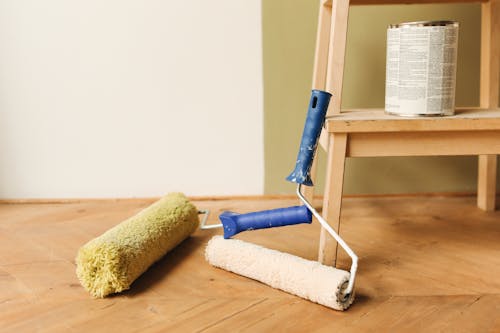
Refinishing your hardwood floors can restore their shine, but sometimes discoloration or warping signals more than surface wear. Moisture from crawl spaces or leaks below can cause cupping or buckling, and sanding won’t fix that. You might actually sand down protective layers, making the wood more vulnerable. Without tackling the moisture source, the problem will come right back.
Before refinishing, check for humidity issues or plumbing leaks under the floor. A dehumidifier or vapor barrier might be needed to protect the wood long-term. Once the environment is stable, refinishing can truly make a difference. Otherwise, you’re just polishing a problem that’s waiting to resurface.
7. Clearing Clogged Drains Repeatedly
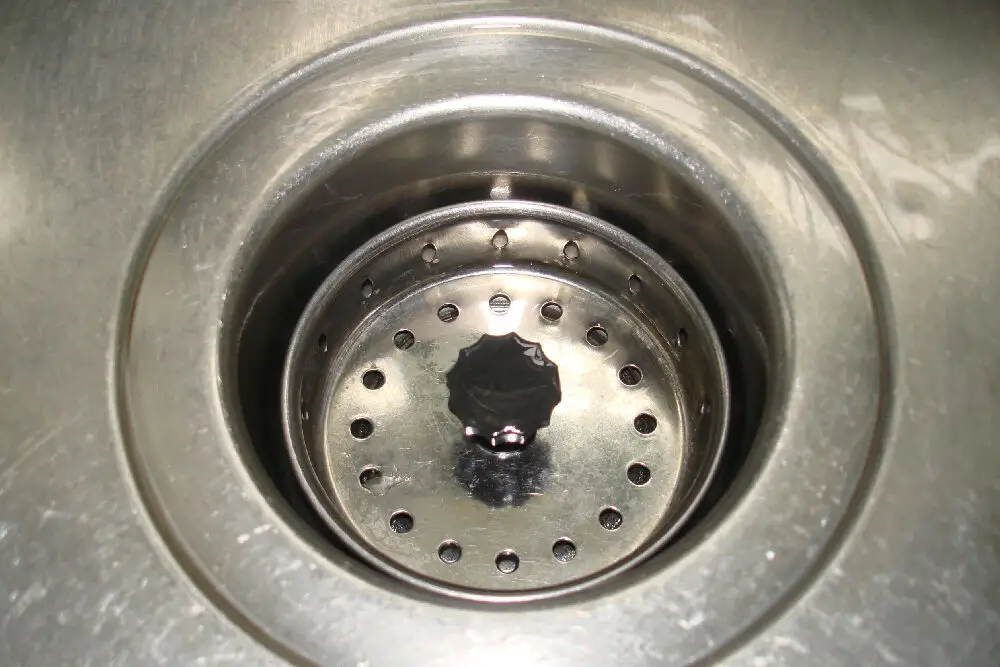
A bottle of drain cleaner can make slow drains disappear—for a while. But if you’re constantly unclogging the same sink or shower, there’s likely a deeper plumbing issue. Repeated clogs might point to pipe corrosion, root intrusion, or poor venting in your plumbing system. Chemical cleaners can even damage pipes, turning a simple clog into a full replacement job.
If your drains keep backing up, it’s time for a camera inspection. A plumber can see if grease buildup or tree roots are the culprit. Regular maintenance and professional cleaning extend your system’s life far better than harsh chemicals. In plumbing, repetition is rarely a good sign.
8. Replacing Windows for Drafts
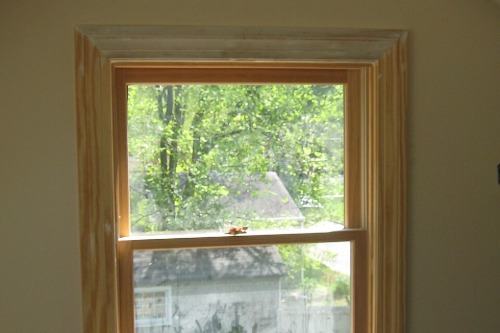
New windows can improve efficiency, but drafts aren’t always caused by old glass. Sometimes, the real problem lies in poor insulation around the frames or gaps in the wall structure. Installing new windows without sealing those gaps won’t solve anything. You’ll still feel the same chilly air—and see little difference in your energy bills.
Before replacing windows, inspect the framing and insulation with a thermal camera or home energy audit. Proper caulking, weatherstripping, and insulation can fix many draft issues for far less money. When you do upgrade, make sure the installation includes sealing the gaps properly. Otherwise, your new windows are just expensive band-aids.
9. Replacing Drywall Without Investigating Cracks
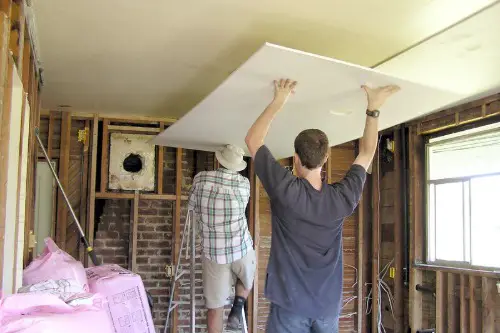
Cracked drywall often gets written off as simple settling, but it can hint at structural movement or moisture damage. Patching and painting may hide the evidence, but they won’t stop the cause. If cracks reappear or spread, there might be shifting foundations or humidity issues behind them. Ignoring that can let bigger problems grow unnoticed.
Before repairing, look for patterns—like cracks over doors or near windows—which suggest foundation settling. Moisture meters or structural inspections can reveal whether it’s safe to just patch. Fixing the cause first ensures your repairs last. A little investigation can save you from redoing the same wall every year.
10. Fixing Peeling Exterior Paint
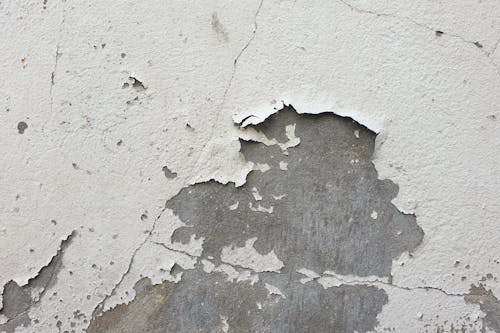
Peeling paint on the outside of your home isn’t just an eyesore—it’s often a red flag for moisture intrusion. Water may be sneaking in through damaged siding, failed caulking, or poor ventilation. Simply scraping and repainting traps that moisture underneath, accelerating rot and decay. Eventually, wood trim and siding can warp or crumble.
Before repainting, inspect for leaks and check that your gutters and downspouts are directing water away properly. Addressing ventilation or siding issues first ensures your paint job sticks. Paint is your home’s armor, but it can’t defend against hidden water damage. Prep right, and your next coat will truly protect, not just cover.
11. Patching Up Ceiling Stains
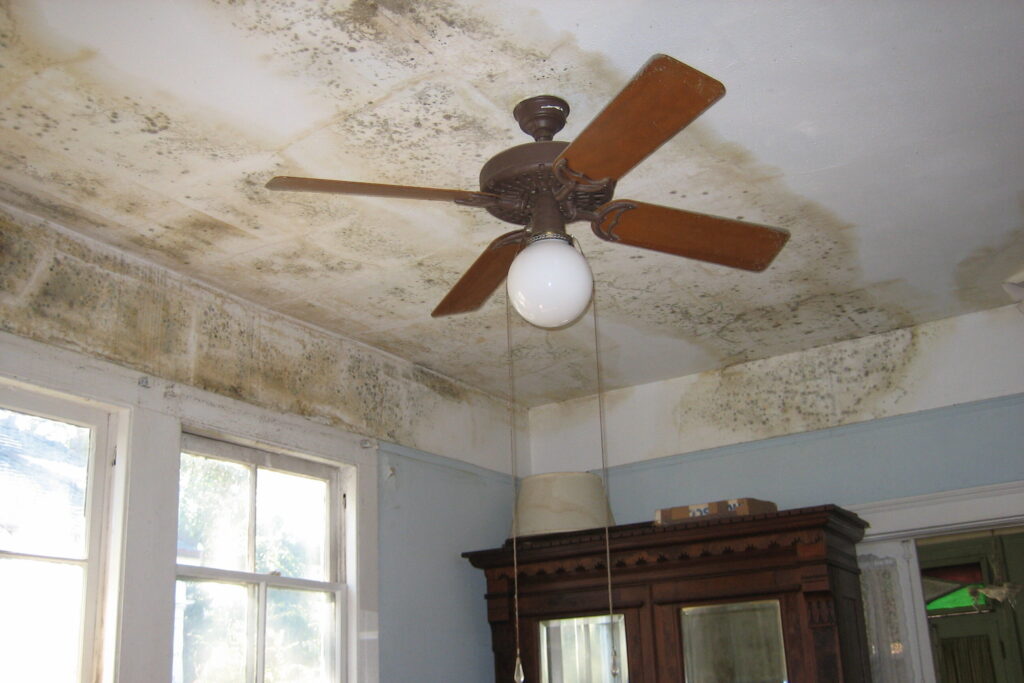
It’s easy to paint over a ceiling stain and move on, but those brown rings are warning signs. Most come from roof or plumbing leaks that have since dried—but not necessarily stopped. Water can travel far from its source, so a ceiling spot might trace back to an entirely different room. Ignoring it risks mold growth or even ceiling collapse if leaks recur.
Before touching up, cut a small inspection hole or use a moisture sensor to confirm the area is dry. Fixing the leak and ensuring insulation isn’t soaked will prevent future damage. Once everything’s sound, then repainting makes sense. Ceiling stains are one of those things that always deserve a second look.
12. Silencing Noisy Floors
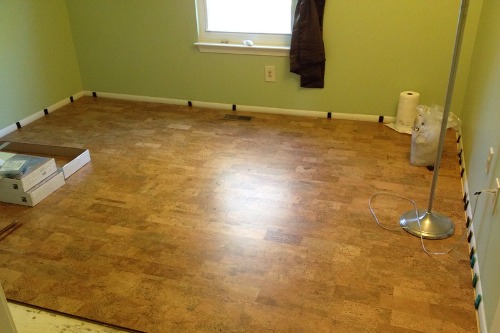
Creaky floors can be charming in old houses, but sometimes they signal loose subflooring or structural movement. Driving a few screws might quiet things temporarily, but it doesn’t address underlying issues like joist separation or humidity changes. Over time, these can lead to sagging floors or cracked tiles above. What sounds like a harmless squeak might actually be a warning.
If the noise worsens or moves around, have a contractor check the joists and fasteners. Reinforcing weak areas early prevents long-term structural issues. Adding soundproofing or insulation at that stage can improve both comfort and stability. Your ears might be telling you something your floors can’t show.
This post 12 Common House Repairs That End Up Masking Bigger Problems was first published on Greenhouse Black.
